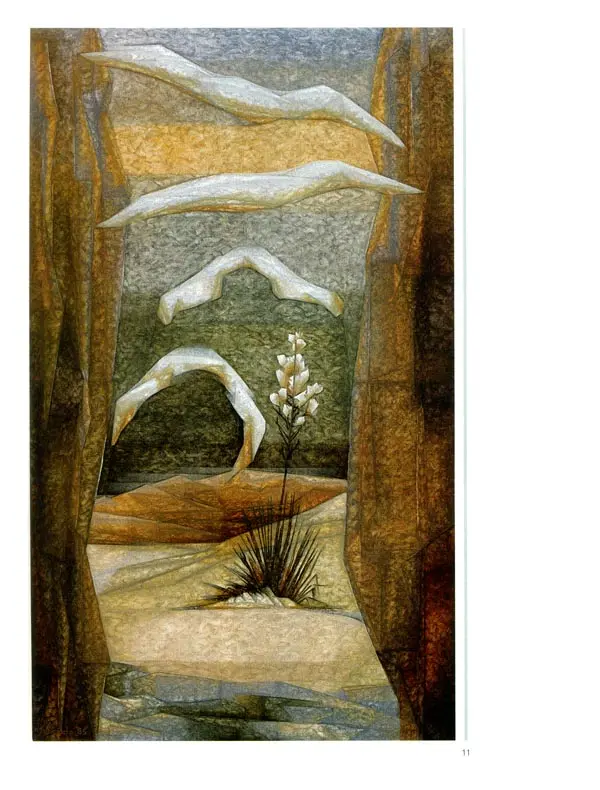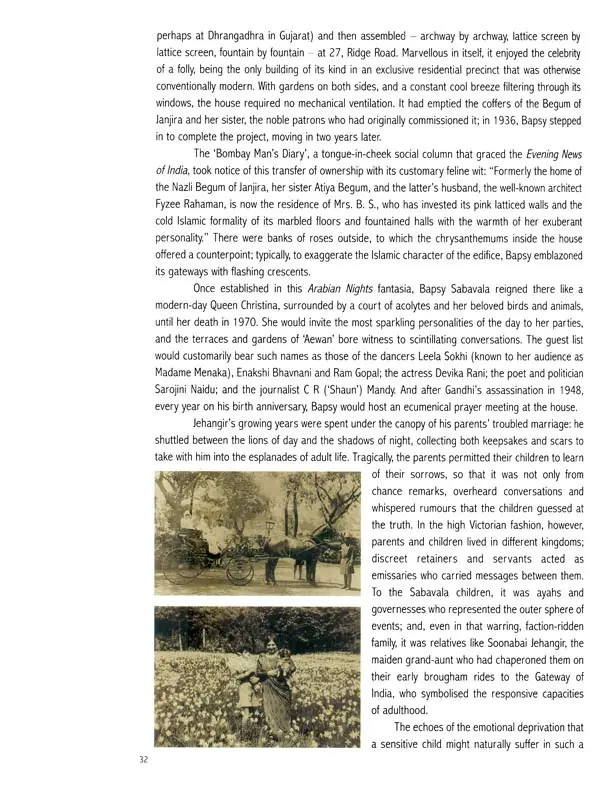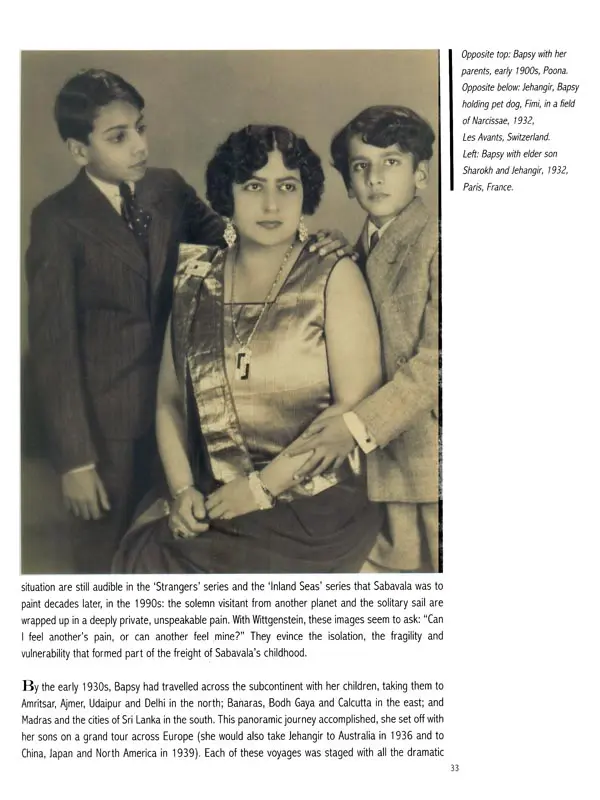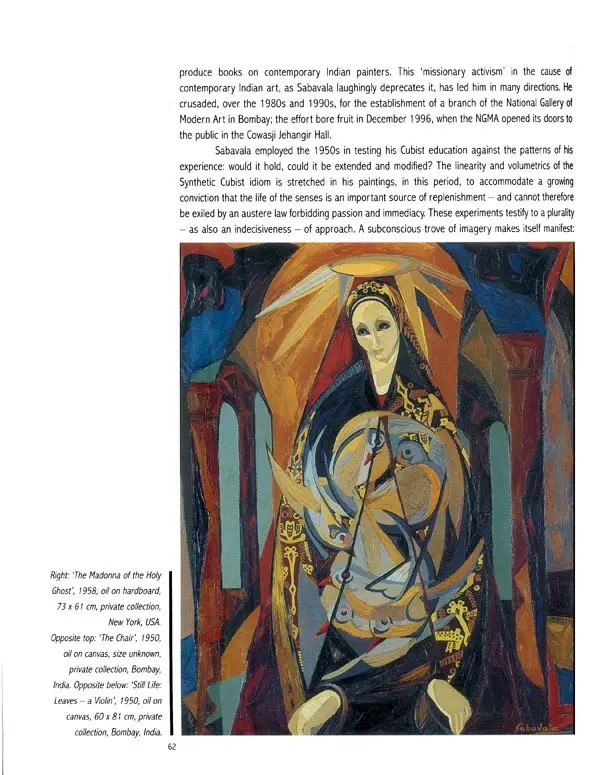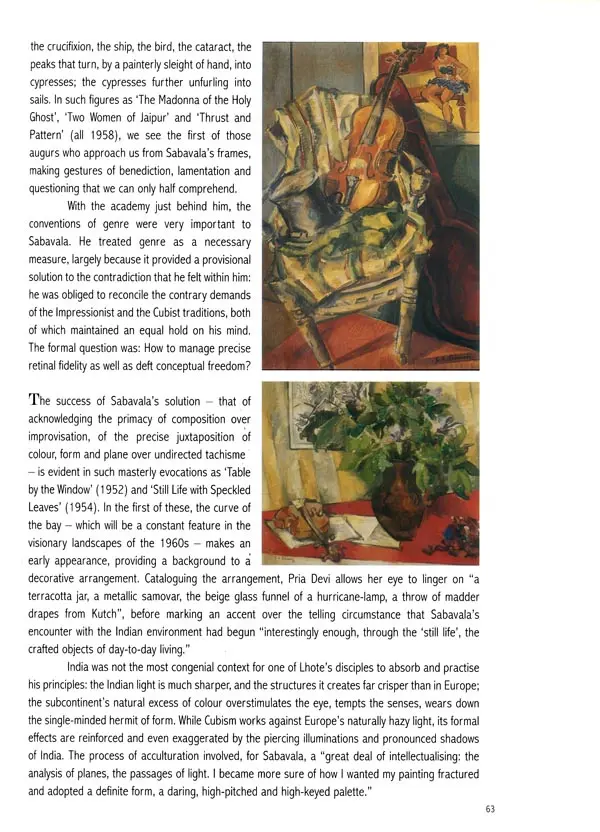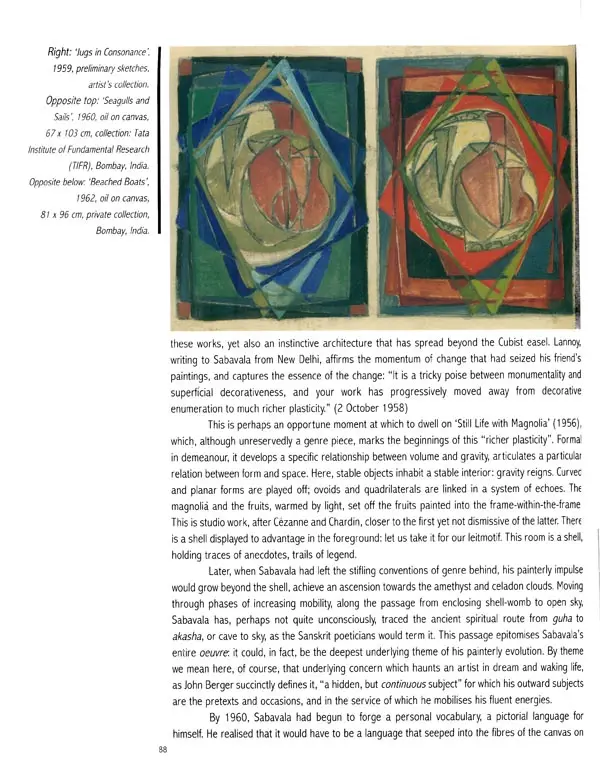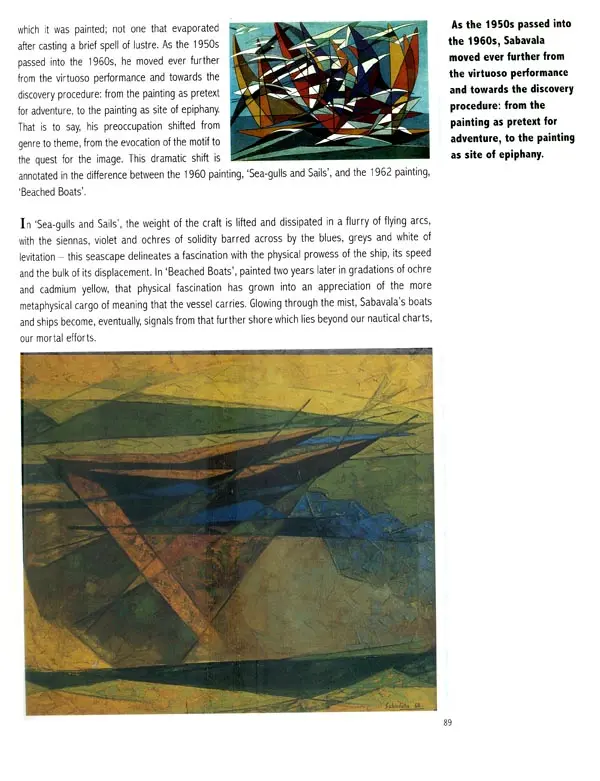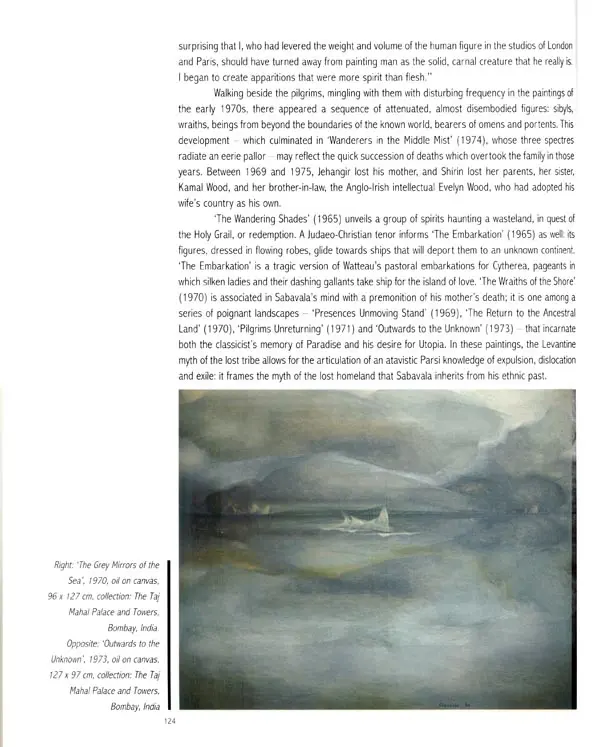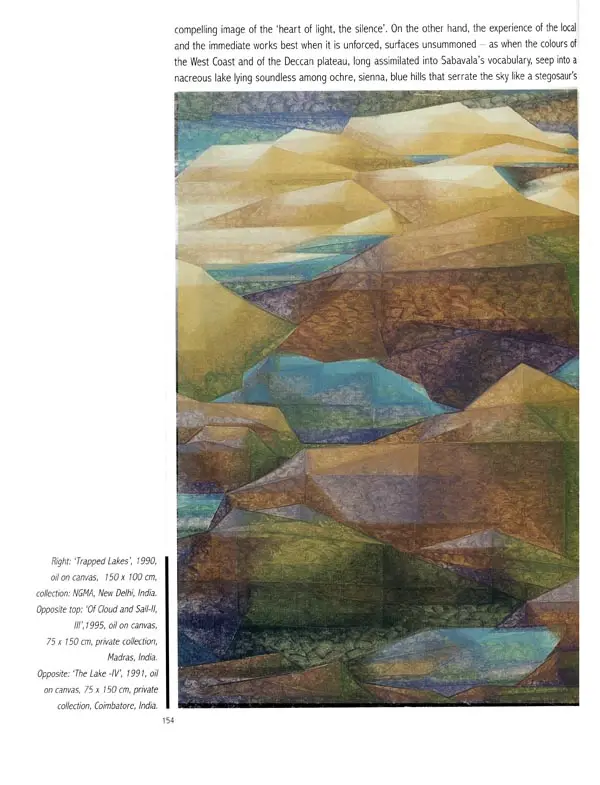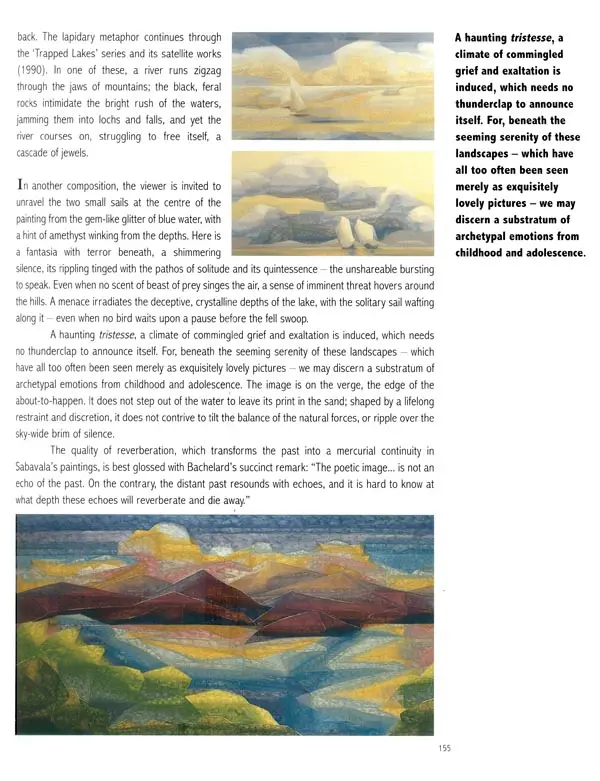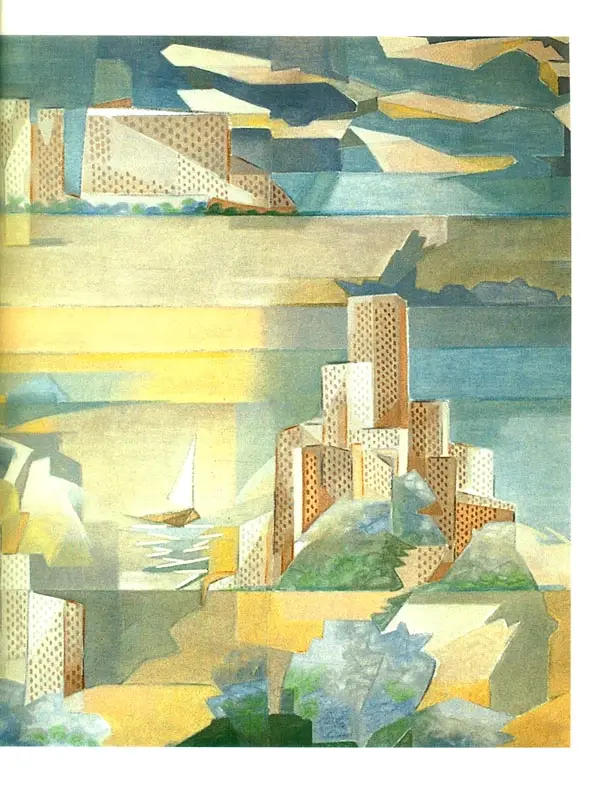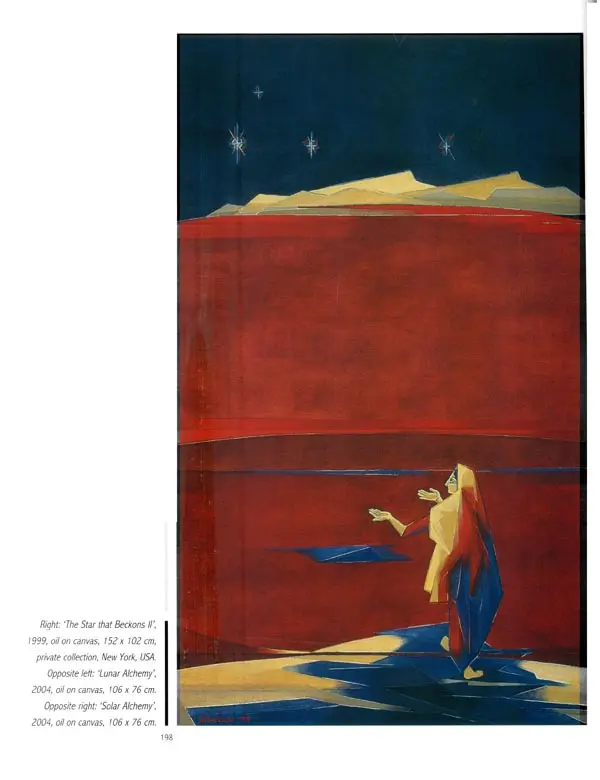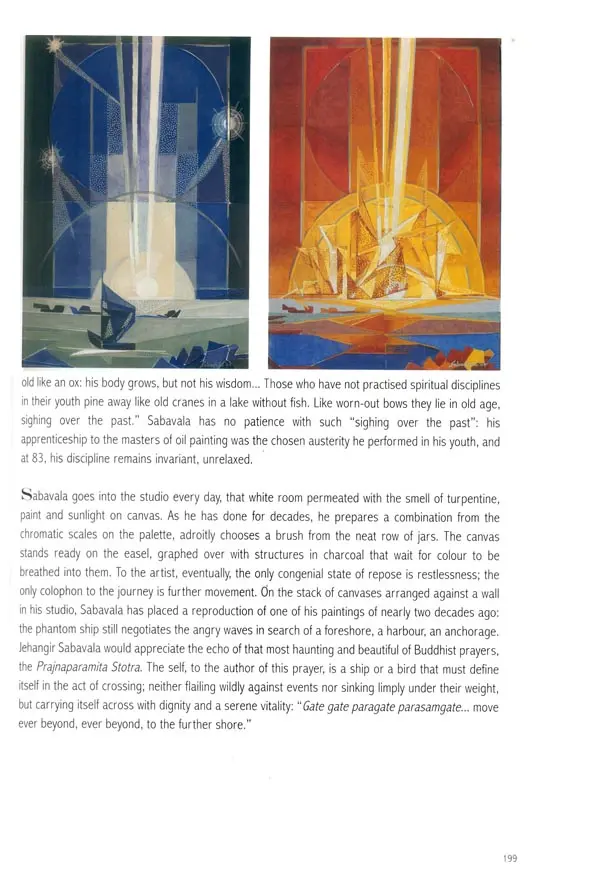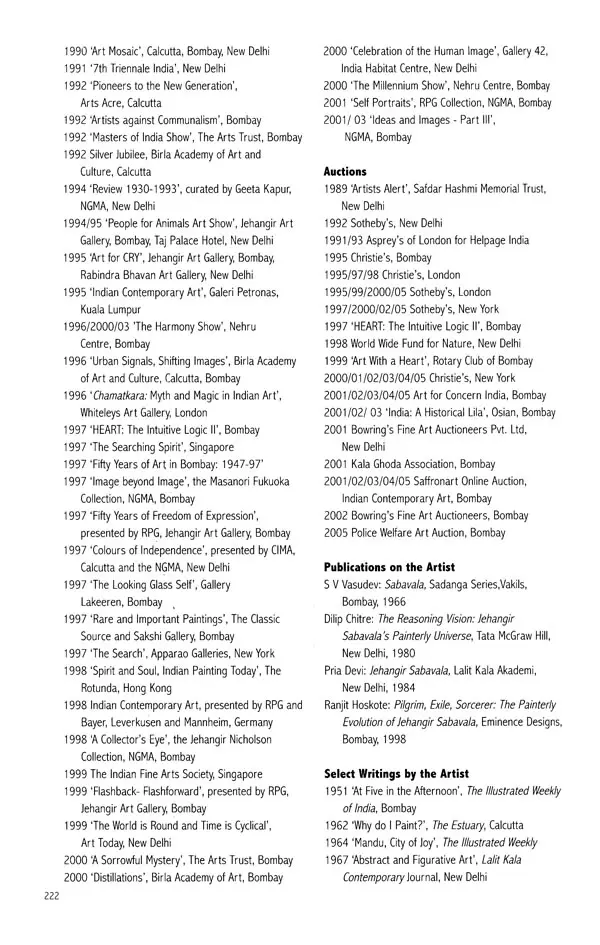
The Crucible of Painting- The Art of Jehangir Sabavala
Book Specification
| Item Code: | UAH904 |
| Author: | Ranjit Hoskote |
| Publisher: | Eminence Designs Pvt. Ltd |
| Language: | English |
| Edition: | 2005 |
| ISBN: | 8190217097 |
| Pages: | 224 (Throughout B/w and Color Illustrations) |
| Cover: | HARDCOVER |
| Other Details | 12.50 X 9.50 inch |
| Weight | 1.49 kg |
Book Description
At the same time, they endeavored to reconcile their studio practice and gallery context with the wider environment of an India churned by historical processes of transformation, by Independence, the Partition, heavy industrialization and the rise of the new metropolitan regions. What pictorial language was an artist like Sabavala to hone, in the 1950s? What vision of landscape, what epiphany of figure was he to offer his viewers during the restless 1960s? How could he form a connection with his large, shifting public, his uncertain audience, when he stood apart from them by reason of class, education, entitlement and self-cultivation? How could he voice his most intimate dramas of emotion while yet aspiring to a panoramic universality of meaning?
The Crucible of Painting, published to coincide with a major retrospective of Sabavala's work at the National Gallery of Modern Art, attends to these questions. This book is a revised, expanded and updated successor to Ranjit Hoskote's definitive 1998 biography of the artist, Pilgrim, Exile, Sorcerer: The Painterly Evolution of lehangir Sabavala. Hoskote locates Sabavala in the various contexts of his upbringing, his education in India and Europe, his quest for selfhood and belonging in an India newly liberated from colonial rule, and his efforts to reconcile his private aesthetic impulse with the pressures of his public role as an artist committed to his viewership.
Beginning with the formative years of his childhood and early youth in the milieu of Bombay's Parsi haute bourgeoisie, the narrative follows Sabavala through his training as an artist in London and Paris, and his return from the domain of the ateliers to the rough theatre of India. The book traces his development, through an apprenticeship to Cubism and a breakthrough into the incandescent 'visionary landscape', to the rich fictions of person and ambience that form the vehicle of his figurative art. By turns introspective and convivial, lyrical and flamboyant, elusive and candid, lehangir Sabavala's paintings invite us to celebrate the survival of beauty in a turbulent epoch; they remind us of the transcendent dimension of life, the conditions of grace and hope.
Hoskote was a Fellow of the International Writing Program at the University of Iowa, USA (1995) and Writer-in-Residence at the Villa Waldberta, Munich (2003). He received the Sanskrit Award for Literature in 1996, and was honored, by India's National Academy of Letters, with the Sahitya Akademi Golden Jubilee Award, 2004.
As an independent curator, Hoskote has conceived and mounted eight exhibitions of contemporary Indian and Asian art for Indian audiences, focusing on a range of art practices from classical abstraction and figurative realism to the site-specific installation and public art. These exhibitions include 'Hinged by Light' (1994), 'Private Languages' (1997), 'Making An Entrance' (2000), 'Intersections: Artistic Dialogues between Abstraction and Figuration' (2000), 'Family Resemblances' (2000), 'The Bodied Self' (2001), 'The Active Line: Five Idioms of Drawing' (2002), 'Clicking into Place' (2002) and 'Visions of Landscape' (2003-2004).
At the invitation of the Japan Foundation Asia Center, Hoskote curate a mid-career retrospective of Atul Dodiya, 'Labyrinth/ Laboratory' (Tokyo, 2001). He was also co-curator for the trans-border curatorial project, 'Under Construction', staged at various venues in Asia, culminating in a collective exhibition in Tokyo (2002-2003). Hoskote was Art Critic to the Times of India, Bombay, from 1988 to 1999. He is currently Assistant Editor with the Hindu, and also Contributing Editor to Art Asia Pacific (New York). His essays on contemporary art and culture appear in the Neue Zuercher Zeitung (Zurich) and Art & Thought (Bonn). He works "in a constantly shifting terrain between art history and anthropology of the visual, between aesthetic delight and the grey areas of the political".
Cover painting: 'Vespers l, 1968, private collection, London, England. Back cover painting: 'Volcano I', 1992, private collection, Madras, India.
Critically viewing Sabavala's journey of over six decades, one clearly discovers a binding thread - consistent, enveloping, involving and growing from his figurative works to the introspective inners capes exhibiting the 'experienced' rather than the 'physical'. One can distinctly realize that the artist in his quest to attain and fathom the deep-rooted inner uncertainties has worked out analogous pictorial statements of an other-worldly nature. It is equally visible that the evolution and the process is far more important to the artist moving through vast, silent pictorial spaces enveloped and soaked in time with a nostalgic sense of memory. The realized elements of Nature attain form and make their presence felt in this eerie silence. The physical landscape transforms into metaphoric expanses in his search to fathom the infinite cosmos and its revelations.
The National Gallery of Modern Art, as a repository of the visual and plastic arts of this country, considers it to be its responsibility to showcase and celebrate the life and work and creative endeavors of some of the most important artists of this country and honor them through their major retrospective exhibition. The Retrospective brings to life the creative journey of these artists who struggled independently in times when neither the understanding nor the appreciation of Modern Art was prevalent. It is also to recall and laud the sheer dedication, dexterity and determination of these artists, whose inner self motivated them to continue their never-ending search, as part of their commitment to life.
Sabavala having been trained in France and England is a thoroughbred, accomplished in the academic tradition, has successfully amalgamated the mystic quality of our culture transforming it into an ethereal journey. His command over technique, over material, over color and form, complements his conceptual and thematic concerns. Sabavala's works create an atmosphere, which is a blend of the urban and the metaphysical and motivates one to a personalized world - mythic, elevated and ethereal. This book by Ranjit Hoskote, brought out in conjunction with the retrospective exhibition of the works of the master, provides a deeper pictorial as well as critical insight, with a sense of historicity mapping the entire career of the artist.
. As a tribute to the creations of Sabavala, I recall a few lines of my poem, 'The Synthesis': Cold, Dark Interior/ Static and Still/ Bright Metaphysical Exterior Moving to Infinity/ This World of Fantasy/ That lies within me/ Unable to withhold Sparks and Ignites/ The never-ending fire of infinite joy/ Pleasure and Pain Synthesizes the contrast of feelings/ Withhold everything.
The inner metacarpi come alive on the Utopian Island ... and the journey continues.
Book's Contents and Sample Pages



